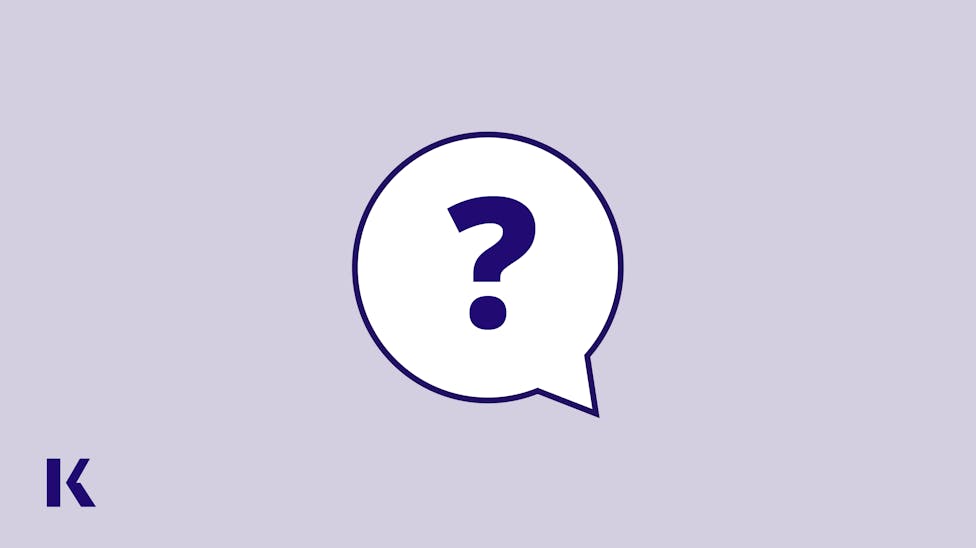The Full Experience: Blending Tools and Strategies to Create a Great Outcome for Everyone in Your Online Course
by Chris Ryan, Executive Director, Product Strategy, Kaplan Admissions Group | August 13, 2020

We love metaphors as teaching tools and use them all the time in our curricula. Let’s put the “meta” in metaphor, then, and describe an idealized classroom or session of a course. Is it an orchestra? A garden? A woodworking shop? These images are pretty disparate, but they all suggest a healthy variety—in the students themselves and in their activities—that is also coherent and harmonious.
Settling on just one analogy, we can say that properly orchestrating the activities of a classroom is like, well, conducting an orchestra. One activity and then another rises to the forefront, splitting into strands of independent buzzing melodies, finally reuniting triumphantly.
That might sound ambitious! But consider: you’ve been doing this in your face-to-face courses. So you can do the same thing in an online environment. Yes, to torture the analogy a bit, the instrumentation is a little different. But ultimately, the music will be the same.
So then, how do you conduct the orchestra and create a great “full” experience for your students?
Know the Score: Crystallize Your Learning Objectives and Sketch Your Storyline
If you’ve followed our webinars or read previous posts of ours, you know that we’re big believers in clear, action-oriented learning objectives (LOs) and course outcomes.
It never bears too much repeating. Crystallize exactly what you want your learners to be able to do at the end of each lesson. And keep revisiting your LO’s, honing them further and further, to ensure that the backbone of your course is solid.
Unfortunately, very little of our education was truly designed and executed this way. That’s why we keep bringing this point up. Articulating the course’s learning objectives, lesson by lesson, is the single best thing you can do to make sure you’ve got your ultimate priorities straight.
This exercise clarifies what’s mission-critical and what’s nice-to-have in your line-up. That’s important, because as we’ve also said, in an online environment you typically can’t or shouldn’t cover quite as much material as you might face-to-face. That’s not a bad thing. It’s just the nature of the medium: for instance, even slight tech interruptions and occasionally slower transitions (“is my mic working? Can you hear me now?”) reduce the pace somewhat.
Next, sketch out the storyline, both of your whole course and of the first session or two. Consider doing this with literal paper and pencil, which may not be the most technologically advanced of tools, but therein lies their power. With paper and pencil, you are forced not to create a final product. You are more apt to explore a broad set of alternatives and to stay focused on the big picture.
As you create the narratives that flesh out your learning objectives, think of the meaningful moments you wish to place within those narratives. What are the hooks? What are the opportunities to amplify interest with mystery and suspense? What are the challenges you’ll pose? What profitable struggles do you want students to undertake? When and where will you do which “reveals,” and what are the a-ha moments you’re hoping for?
Now that you know what you want to achieve, you can determine how you’ll achieve it.
Match the Instrument to the Music
First, consider what instruments and tools you have in your orchestra. What are the capabilities of the LMS you’re using? What does it do well, and what are students struggling with? Likewise, what video conference platform are you using? What are its pros and cons? What features are easy to make use of? Dig in: for instance, with the chat functionality, how exactly do private and public chats work? How do students switch who they’re chatting to? Remember: be ready to be tech support! Familiarizing yourself with the ins and outs of tools you’ll use, from the students’ point of view, improves your command of the how of your lessons.
How about your video recording tool? Your presentation software, your practice software, your other content elements? What are the pros and cons? What are the ins and outs? Figuring out the role and dose of each tool makes all the difference.
Do you have the right number of tools? Do you have tools that could be used more deeply or for multiple activity types? For instance, it may make your life easier to record asynchronous videos on your streaming platform. Or you might move an older activity onto a newer tool, so that your students have fewer things to master. You’ll wind up having to provide less technical instruction and support.
How confident are you about using your tools? Don’t leap on a new and flashy tool just because you want the “cool points.” Experiment when you have time to do so. But rely on tools that are well-worn or at least have fantastic self-training videos!
On the “well-worn” point: don’t forget the tried-and-true pencil-and-paper combo, or whiteboard-and-marker, etc. These physical tools, whether used by you or used by your students, have special resonance in an otherwise all-online environment that might at times feel too intangible.
In our blog post "Better Together," we discussed choosing the types of activities that are best suited for asynchronous vs. synchronous learning, as well as in-person (where available) learning. Equipped with that information, your course outcomes and learning objectives, you can finally “orchestrate” the music, putting the “what” and the “how” together into the flow of your course.
As you do so, consider the trade-off of predictability vs. variety. Controlling for cognitive load is extra important in online learning. Students are constantly fending off distractions (extrinsic load) as they log in to learn (intrinsic load). Using fewer tools more deeply means students can put more effort into learning the content or skill and less into figuring out which button to click.
However, making one template and using the exact same slides/activities all the time will lose its effectiveness. You don’t want your class to become overly familiar and eventually, boring. Mix up your tools and the way you use them. For example, if you always use “Poll Everywhere” for pop quizzes, instead of just gathering feedback, have students create a word cloud with their biggest takeaway or the “first word that comes to mind when...”.
In short, don’t change the tool. Vary the way you use it.
In Conclusion
We appreciate the challenge of creating these compositions and orchestrations, especially in a time of deep, pervasive uncertainty. Trust your experience and your instincts. Ask questions as you explore new tools. Start simply and stay simple, while ensuring that you add healthy variety. Mix it up enough for your students to really engage them. Good luck!
For more educator resources to use in the digital classroom, read more articles on our blog.

Chris helps teams across Kaplan develop new products to meet evolving customer needs. After earning a physics degree from Harvard, he taught physics and chemistry for several years in three different high schools across the country. He then got an MBA at Duke (Fuqua) and worked as a management consultant at McKinsey. Returning to education in 2003, he joined Manhattan Prep, a small startup later acquired by Kaplan, and he’s remained happily in the test prep world ever since. It thrills Chris to help students rise to the challenges posed by these difficult tests.
See more posts by Chris Ryan, Executive Director, Product Strategy, Kaplan Admissions Group
